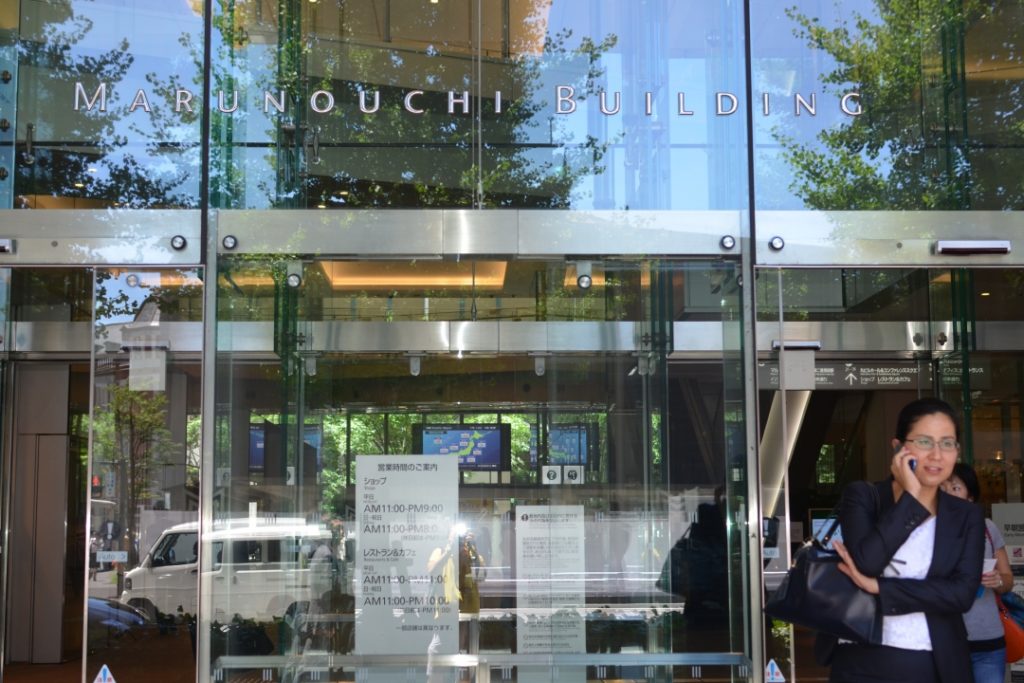How are things going with your project and job in Japan? Maybe you are like me; you may have too many meetings, you may sometimes not be clear about the true agenda, and often feel that you do not get quick or best results?
Perhaps you think that maybe some things have already been covered prior to the meeting, but then everyone is going back to the basics? Or you seem to have just attended token meeting discussions?
Possibly you go into a meeting with high expectations, maybe came a long way to do so, but the right people are not there, or are not properly informed, and somehow totally misunderstand the meeting purpose? Things have gone in a direction you did not expect? What to do?
Do you want to know what is happening?
Well, not just foreigners, sometimes even in all-Japanese business zones, I have certainly heard people comment about meetings not being productive, being too many, or they did not understand some aspect of some meetings.
For example, why meetings are held, what was expected, or intended to be accomplished, even who and what level of person should attend. When you set up, request or even just attend a meeting in Japan, it can be very useful to recognize the Japanese meeting name.
Different faces of Japanese “Uchiawase” (打ち合わせ):
“Kao-Awase” (顔合わせ): This meeting means literally to “join, meet the faces” and is a type of start-up or kick-off (perhaps more casual) meeting without agenda.
“Aisatsu” (挨拶): This type of meeting usually means giving a short greeting, speech or announcement for a special occasion or by a new team member to be introduced to everyone.
“Sodan” (相談): Such meeting is held anytime something needs to be confirmed or to discuss a particular matter. It means give and take is possible, feedback is being requested.
“Teirei” (定例): This meeting is regularly scheduled to confirm or update a certain category issue.
“Bu-kai” (部会): Division meeting. Or similarly there could be department meetings, group meetings, other factory or agency, etc type of meetings. By these meetings, you know the topic scope, level, viewpoint and basically who will normally attend.
“Yakuin-kai” (役員会): Director or Executive Committee meeting, certainly critical, with authority, action.
“Kessai” (決裁): Budget approval meeting.
“Kabunushi-so-kai (株主総会): Company Shareholders meeting.
“Torishimariyaku-kai (取締役会): Board of Directors meeting.
“Renrakku-kai” (連絡会): Report meeting, general or specific update info-sharing style.
“Hokoku-kai” (報告会): Report meeting, to the boss or client.
“Kento-kai” (検討会): Discussion meeting usually on a specific topic, which can include brainstorming, or early to final nemawashi stages of decision-making.
“Kangei-kai (歓迎会) Welcome Meeting, “Sobetsu-kai” (送別会) Farewell Meeting, “Kansobetsu-kai” (歓送別会) Combined welcome and farewell meetings or parties for the new or outgoing team members.
“Bonen-kai”(忘年会) Year-end, “Shinen-kai”(新年会) New Year parties, and “Nomi-kai” (飲み会), these also certainly can be considered a type of meeting in Japan or Japanese companies overseas.
So the point here is that you do not have to know Japanese language and you do not have to memorize the kanji characters, but it is good to recognize and adjust to the type of meeting in Japan that is on your schedule. And you can know and do this by asking about the Japanese name.
Secrets to Successful Meetings in Japan
In fact, it can be beneficial to propose to your partners to change to a different type of meeting, and knowing the options and meeting names can certainly help you. As you set up a meeting from your side, you may even choose to assign a Japanese name to help give that meeting more focus and let attendees know what you want to accomplish. Simply by the more detailed meeting name, you have a tool or weapon in your toolbox to get things done to help everyone better know your intention, who should attend and to move your project to the next steps.
Of course there are many more aspects of Japanese meetings to be aware. For example, a meeting may be ceremonial, not have the purpose to discuss or “do” something, which has already been checked or will be approved later at a different stage.
Also, Japanese in general prefer harmony in meetings, and what you may think is just a straight question or observation may be inappropriate for that type of meeting.
 Or often senior people just briefly talk at the beginning of the meeting, then turn things over to their staff, and only jump in for comments or Q&A.
Or often senior people just briefly talk at the beginning of the meeting, then turn things over to their staff, and only jump in for comments or Q&A.
And at any time, various protocol issues could be raised.
But by knowing the basic more detailed meeting name and facts, you can better adjust and for example try not to spin-off one type of meeting into a decision or budget approval or other type of meeting.
By knowing the meeting, you can check who and what rank level of other people, decision-makers are attending, and match it with your side.
And of course, try to get the meeting agenda, circulate the papers in advance such to be discussed in another article on “what is holding up your project in Japan.”
Finally, a simple thought. Did you know it sometimes happens that a person who opposed some agenda may not be invited to a meeting? They are frozen out.
There are many aspects you may not know or be able to control and manage. But it is certain that if you know the more detailed Japanese meeting names, it can really help.



No comments yet.